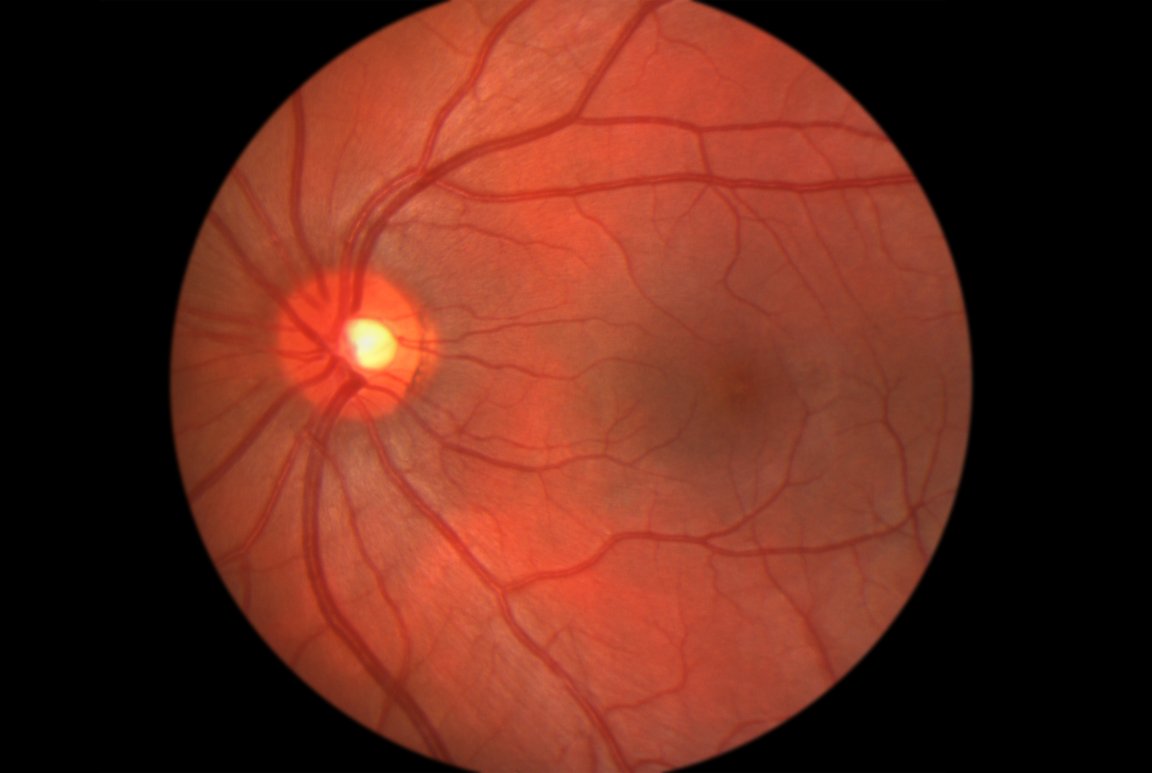
Thinking back to high school biology, one thing that we learned was that our brain cells never grow back. Well, thanks to researchers at Stanford University, we may just have to rethink what our school teachers taught us.
Using mice that underwent genetic manipulation and ocular exercises, scientists were able to conclude that the regrowth of damaged retinal ganglion cells was able to make a difference in the mice’s vision. What’s even more interesting is the fact that even though there was a less than 5% regrowth, there was a noticeable difference in the vision of the mice.
A two-pronged approach was utilized: first, modifying a genetic switch that is naturally turned off once the nervous system reaches maturity and second, exercising the damaged eye through the display of moving, high-contrast stripes. The novelty lies in the fusion of both techniques, which provides, “this incredible synergistic effect,” Andrew Huberman says, the Stanford neurobiologist who led the work. He believes that the marriage of growth activation and visual input leads to the minimum brain cell regeneration needed.
Ultimately, the researchers involved believe these findings can prove useful in conditions such as glaucoma, Alzheimer’s disease, and spinal cord injuries. However, due to anatomical differences in human and mice and other factors, we are nowhere near expecting human trials anytime soon.
A brief explanation of how the eye works from your favorite scientist:
